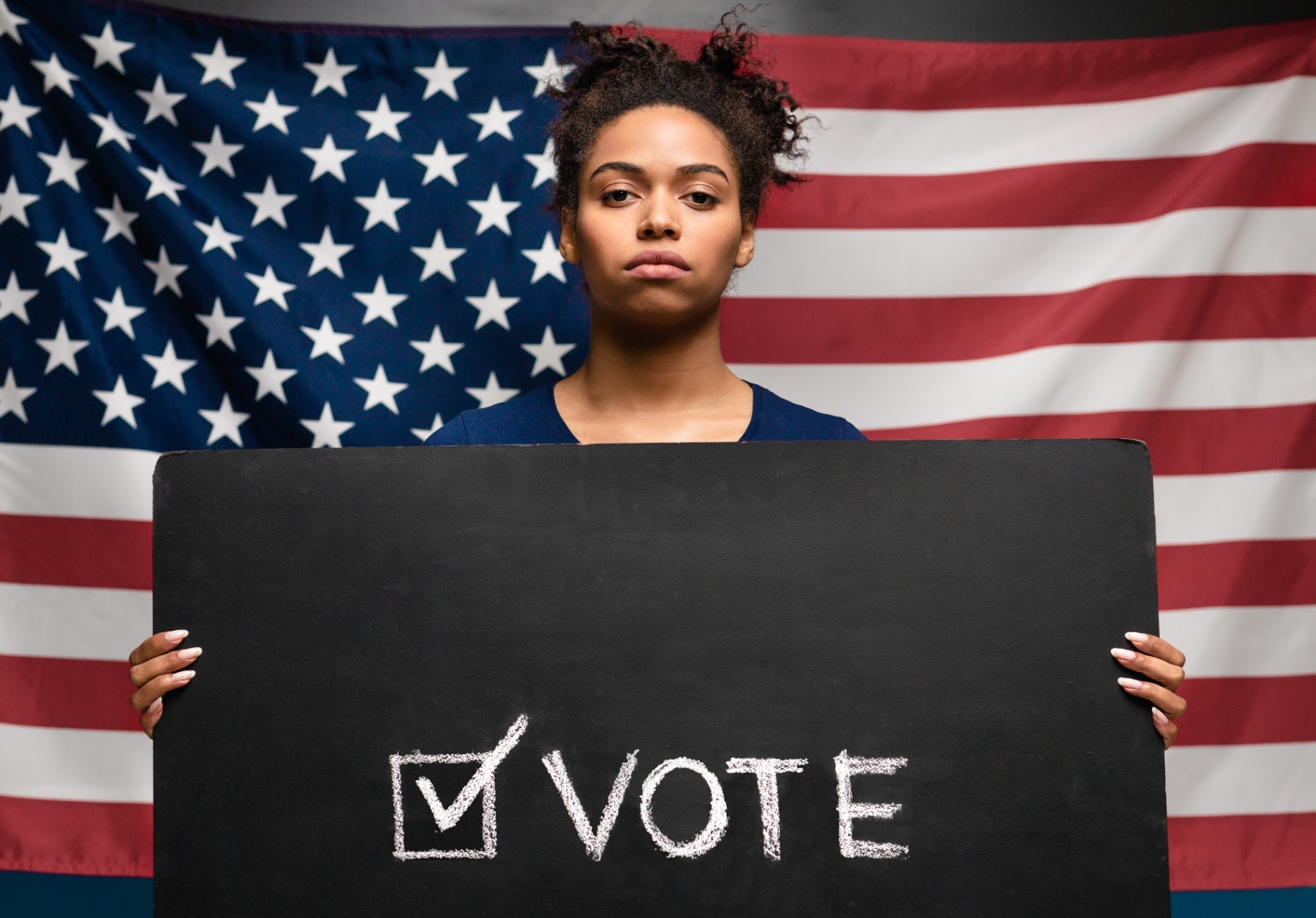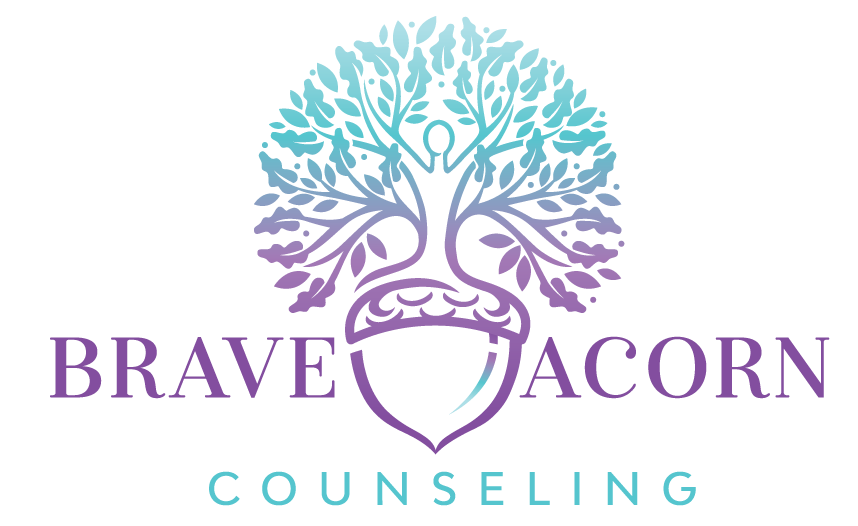ELECTION STRESS

We are four years into the worst presidency in the history of our nation. This is a President who threatens not to leave office in a peaceful transition if his opponent is elected. His term has revealed to privileged people the deep divisions in our country that more vulnerable people have known to be here all along. Here is a re-write of an article I wrote 4 years ago, the week after he was elected, to emphasize the importance of caring for your body to help manage the stress of these challenging times.
Trauma
Trauma, first and foremost, is a stress condition with biological roots. Neuropsychiatrist Stephen Porges has provided a great model (the polyvagal theory) that outlines the hierarchy of autonomic nervous system (ANS) responses to stress:
- Social Engagement (“tend and befriend”). When everything is feeling (at least generally) safe, the “tend and befriend” aspect of our nervous system facilitates engagement with our environment and helps us form positive connections with the people around us. It is the highest level of operation for our nervous system. Imagine you are in a boardroom meeting when you suddenly hear an explosion outside. At the social engagement level of operation, the first thing your nervous system would have you do is look around at all the other people around the table to assess what has just happened (“did you just hear what I heard?”) and, seeing your reality reflected in their reactions, you begin to organize to figure out what to do next (maybe look out the window, maybe check the internet for any reports of explosions in the vicinity, maybe make some phone calls to check and make sure everyone else outside the room is okay).
- Mobilization (“fight or flight”). Say, however, that the crisis is more intense (for example, the explosion takes out a window in the boardroom), or you have a personal history that predisposes you to a heightened nervous system response (for example, you are a combat veteran). If that is the case, the social engagement approach is ineffective in meeting the needs of the situation and will automatically (no matter how smart you are) give way to the mobilizing of “fight or flight” responses engaged by the sympathetic nervous system. At this level, you either jump up and run towards the explosion (“fight”) or jump up and run away from it (“flight”).
- Immobilization (“freeze”). Say the crisis is yet more intense (for example, the explosion took out a wall of the boardroom and men in uniforms are barreling through the breech) or you have a personal history that predisposes you to an even greater nervous system response (because, for example, you experienced early or persistent childhood abuse or neglect). If that is the case, the mobilization approach is ineffective in meeting the needs of the situation and your body will automatically (no matter how smart you are) give way to the immobilizing “freeze” response of the dorsal parasympathetic nervous system. At this level, you may be hunched over, body clenched, breath shallow, frozen still, with a deer-in-the-headlights look in your eyes.
This is a biological process, not an intellectual one. No matter how smart you are, no matter how much you study this stuff or teach it to others, your evolutionarily-honed biology is in charge of these “decision-making” processes, not your intellect. Truly acknowledging this (rather than spending time trying to ignore or control it) allows you access to the first important tool in your trauma response toolbox: your body.
Recovery
Our minds can be in the past, the future, and places only ever imagined. Our bodies, on the other hand, are only ever in the reality of the present moment. In the present moment, a saber-toothed tiger may very well be lurking in the vicinity (i.e. the man in the white house and his enablers affect all of our lives). But if you are lucky enough to still be alive at this point, that means you have a range of options available to you in order to deal with that saber-toothed tiger. Our bodies are essential allies in responding to this threat.
Porges’ model says that nervous system responses work hierarchically. In the above board-room explosion example, I demonstrated how we move down the polyvagal ladder from engaged to immobile. Below, I will use my own reaction to the 2016 election to illustrate the sequencing involved in moving up the polyvagal ladder from immobile to engaged:
Freeze: Starting around 8 or 9pm on election night, I was frozen, curled up in a chair, barely breathing, as I listened to the election results rolling in. It felt awful. It felt like the end of the world and I felt powerless.
Flight: Starting around 10 or 11pm that night, I was having fantasies about moving to Canada or Australia. I started looking online to see what that would require, started pulling out notes I’ve made on the topic before, started thinking about what I would need to do to get that done. I was in motion now and it felt better than being immobilized. I stayed up late doing this.
Fight: My dog woke me up early the next morning to go outside and I couldn’t get back to sleep afterwards. But those few hours of sleep (which, measly as they were, helped resource my body nonetheless) gave me the energy to start thinking about what I could do to fight back against what I oppose. That felt even better than running away from it.
Tend and Befriend: Before I went into work that morning, I sent out an email to a bunch of like-minded friends to talk about how we could organize around the issues mutually important to us in this new political climate. In this stage, I saw the work that needed to be done and a pathway to doing it. I felt like myself again: embodied and empowered.
At work later in the day, a client reminded me of work I had introduced her to (in a different context) that she was using effectively to apply to her own response to the election results. It comes from David Emerald’s book The Power of TED. This model takes the traditional Karpman’s Drama Triangle and flips it around into The Empowerment Dynamic (TED). TED turns Persecutors into Challengers, Victims into Creators, and Rescuers into Coaches. When you are a Creator (rather than a Victim) you ask, “In the face of this challenge, who do I want to be?” Asking and answering this question helps move you from a place of powerlessness to a place of creativity, choice, and flexibility (i.e. empowerment).

